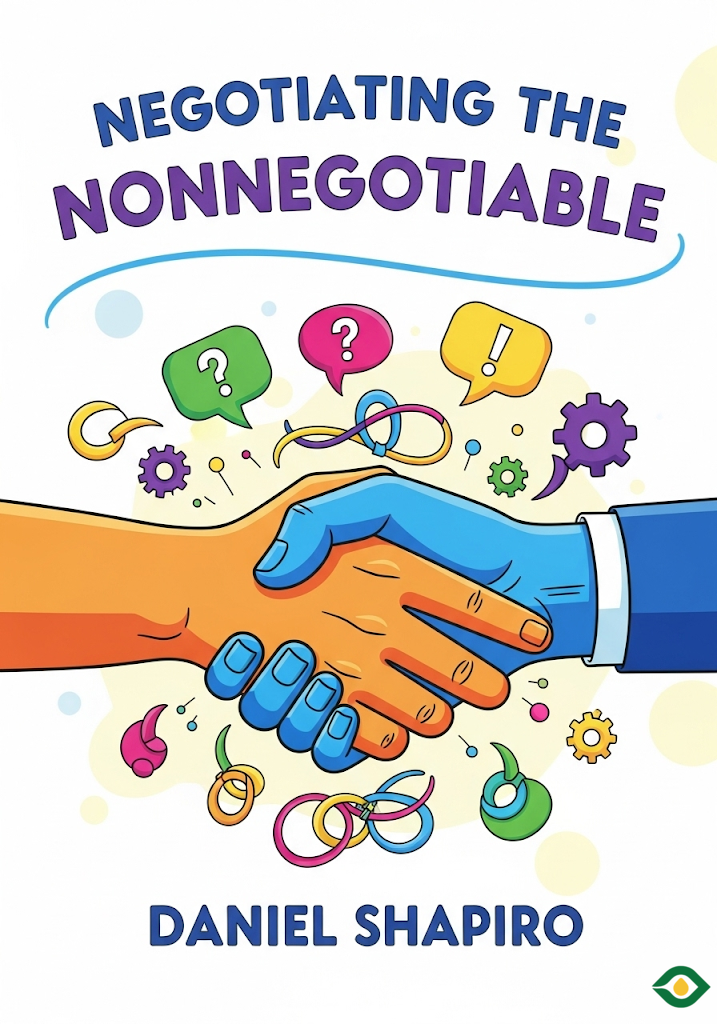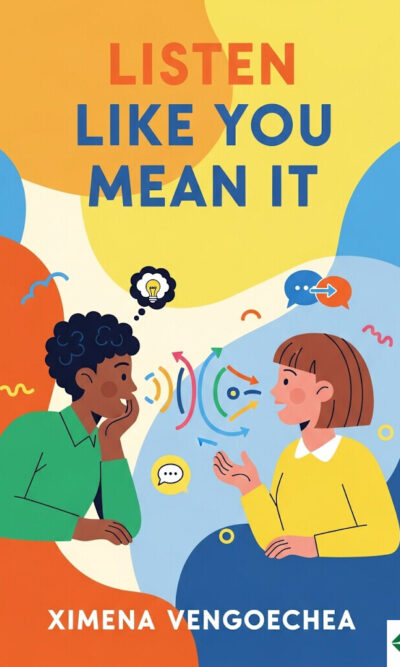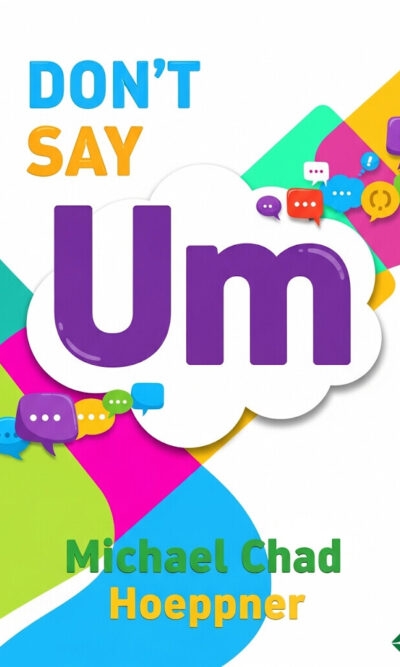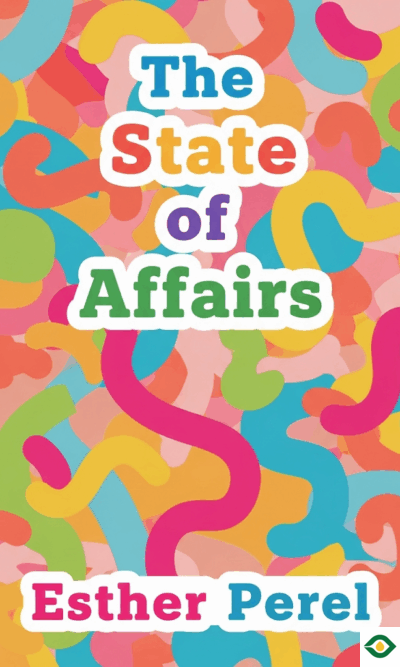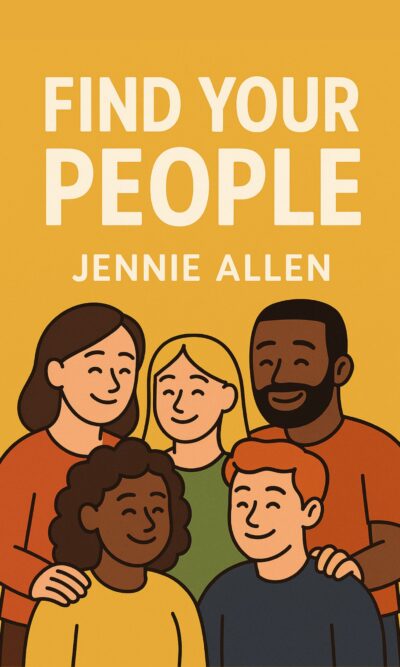Description
Conflict is part of being human. Whether with a partner, a friend, or even within groups, arguments can feel endless and painful. Often, no matter how much we talk, the problem seems to circle back again and again. The book Negotiating the Nonnegotiable explores why this happens, and more importantly, how to move beyond it. The key lies in understanding identity, emotions, and the invisible forces that shape how we see both ourselves and others.
At first glance, we might think disagreements are just about logic and feelings. Logic says we argue to protect our interests—our time, money, or personal needs. Emotions add fuel, making us angry, fearful, or defensive. But there is something deeper. That hidden element is identity. Identity is how we define ourselves—what we believe, what values we hold, and the communities or tribes we belong to. When conflict touches these deeper layers, it feels like more than just an argument—it feels like an attack on who we are.
Identity comes in two main forms. The first is core identity. This includes our strongest values, beliefs, traditions, and life experiences. It might be shaped by culture, religion, or childhood memories. Core identity doesn’t shift easily; it forms the foundation of who we are. The second is relational identity. This is how we see ourselves in connection to others—friend, rival, outsider, partner. Relational identity is more flexible and changes based on how others treat us. Together, these two forms of identity shape nearly every conflict.
One powerful force described in the book is what the author calls the Tribes Effect. Humans naturally form groups—families, communities, nations—and we often define ourselves by who belongs and who does not. When our tribe, or even just our personal beliefs, feel threatened, we quickly fall into an “us versus them” mindset. In this state, we no longer look for common ground. We defend, attack, and shut ourselves off. This explains why even small disagreements can spiral into full battles. A tiny difference, like debating compassion versus humanitarianism, can escalate because conceding feels like betraying one’s tribe.
Alongside the Tribes Effect comes something called vertigo. This happens when a conflict consumes us completely. Time disappears, surroundings fade, and the fight feels like the only thing that matters. Couples may begin by disagreeing about something small—say, buying a bedspread—and before they know it, they are questioning their whole relationship. Vertigo blinds us. We stop seeing the person in front of us as a full human being and only see them as an enemy. The first step to breaking free is simply recognizing when vertigo has taken over. Stepping back, breathing, or pausing can prevent further damage.
Another challenge is taboos. Every culture, group, or family has unspoken rules about what cannot be said, done, or even thought. Taboos protect values but also create tension when two people or groups have different taboos. One community might forbid alcohol; another might accept it freely. These differences can spark deep conflict, because taboos are tied closely to identity. The way forward is not to avoid them but to face them gently. By creating safe spaces for discussion, people can decide whether to accept or challenge a taboo. Change is possible, as history shows with figures like Nelson Mandela, who helped dismantle harmful taboos in South Africa.
Conflicts also grow because of the stories we tell ourselves—what the book calls the mythos of identity. Everyone has a personal narrative about who they are in relation to others. Most often, people cast themselves as victims and others as villains. This creates a cycle where both sides feel justified and misunderstood. Breaking free requires a process called creative introspection. First, create a safe space for honest sharing. Second, recognize the stories each side carries. Third, revise your own story so that it no longer traps you in victimhood. When we shift our story, we also shift how we see the other person.
Emotional pain plays a huge role in why conflicts linger. Pain comes in two forms: raw pain and suffering. Raw pain is immediate—the tight stomach, the tears, the pounding heart. Suffering is the ongoing story we attach to that pain, like resentment or the desire for revenge. Healing requires three steps. First, acknowledge the pain, both your own and the other person’s. Second, mourn the loss. Every conflict, whether a breakup or a workplace fight, involves losing something—a dream, a bond, a hope. Mourning makes room for acceptance. Finally, consider forgiveness. Forgiveness does not mean forgetting or excusing, but it frees you from being stuck as the victim. Only then can relationships move forward.
The book also introduces the SAS system for rebuilding relationships after serious disagreements. The steps are: separate, assimilate, and synthesize. Separation means recognizing differences and giving each identity its own space. Assimilation means embracing part of the other’s identity. Synthesis means creating a new way for both identities to exist together without one overpowering the other. For example, a couple might struggle with holiday traditions that seem to clash. By finding new rituals that honor both backgrounds, they create harmony rather than division.
Ultimately, the message of the book is clear: no conflict is truly nonnegotiable. Even the most painful disagreements can be softened if we understand the invisible forces at play—identity, tribal instincts, taboos, mythos, and emotional pain. By becoming more aware of these forces, we gain the power to step outside the cycle of endless fights.
The next time you feel personally attacked in an argument, pause and ask: what part of my identity feels under threat? Is it my role as a parent, my values as a friend, or my cultural background? Recognizing this can calm the storm. From there, you can work not just to defend yourself, but to truly connect. The path is not easy, but with patience, empathy, and self-awareness, reconciliation becomes possible.
In the end, the book teaches that conflict is not just about winning or losing. It is about understanding. When we look beyond anger and pride to the deeper layers of identity and story, we see that the other person, just like us, is trying to protect something that feels sacred. With this awareness, walls begin to fall, and even the most stubborn disagreements can find peace.

